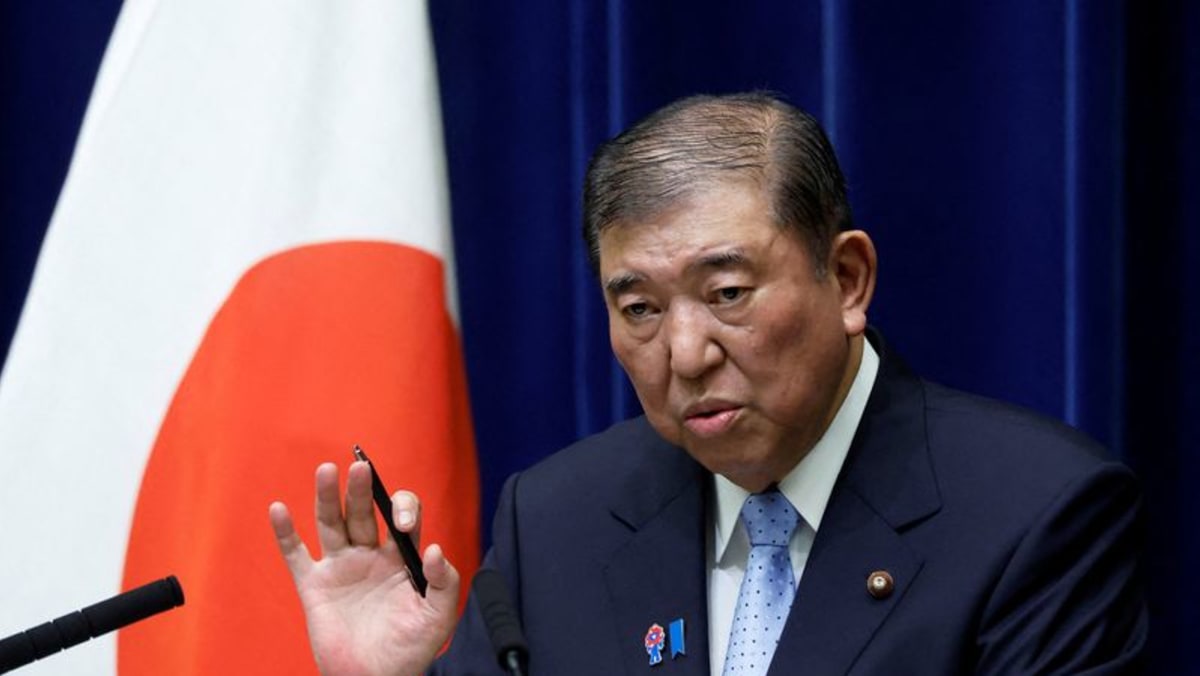While Trump imposed a sweeping 10 per cent tariff on imports from most trading partners in April, he unveiled – then paused – higher rates on dozens of economies to allow room for negotiations.
This pause expires Jul 9, meaning the elevated rates are due to kick in next week if countries fail to reach agreements with Washington to avert them.
To date, only two pacts have been announced. One was a broad framework with Britain and the other a deal to temporarily lower steep tit-for-tat duties with China.
Trump said he was going to write a letter to Japan, asking them to “pay a 30 per cent, 35 per cent or whatever the number is that we determine” because of the “big trade deficit” with Tokyo.
“It’s very unfair to the American people,” he said.
Japan, a key US ally and its biggest investor, is subject to the same 10 per cent baseline tariffs imposed on most nations plus steeper levies on cars, steel and aluminium.
Japanese broadcaster TV Asahi reported on Wednesday that Japan’s tariff negotiator, Ryosei Akazawa, was organising his eighth visit to the US as early as this weekend.
Speaking to reporters late on Wednesday, Akazawa said he would not rule out the possibility of travelling to the US, but no specific plan had been decided.
Echoing Ishiba, Akazawa said he was aware that Jul 9 was an important milestone, but that Japan should not rush into reaching an agreement that would harm the country’s interests.
Ishiba said during the debate that Japan would continue to create jobs in the US while protecting domestic industries.
“If auto sales to the US are bound to drop, we will boost domestic demand and diversify export destinations to protect Japanese industries,” Ishiba said.
The deadlock in the trade talks could hurt the ruling coalition in a key upper house election on Jul 20, although analysts say easy concessions could also undermine their support.
Yoshihiko Noda, the leader of the largest opposition Constitutional Democratic Party of Japan, criticised Ishiba’s tactics, accusing his administration of failing to set a clear framework for negotiations and being unable to convince the US side on Japan’s contributions.
